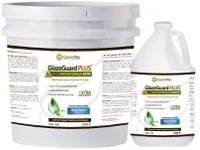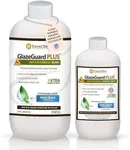Buying Guide for the Best Travertine Sealer
Choosing the right travertine sealer is crucial to maintaining the beauty and longevity of your travertine surfaces. Travertine is a natural stone that is porous and can easily absorb liquids, which can lead to staining and damage. A good sealer will protect your travertine from spills, dirt, and wear, while also enhancing its natural appearance. When selecting a travertine sealer, consider the type of finish you want, the level of protection needed, and the specific conditions of the area where the travertine is installed.Type of SealerThere are two main types of sealers for travertine: penetrating sealers and surface sealers. Penetrating sealers soak into the stone and provide protection from within, making them ideal for areas exposed to moisture, like bathrooms and kitchens. Surface sealers, on the other hand, form a protective layer on top of the stone, which can enhance the stone's color and shine. They are best suited for areas with less moisture exposure, such as living rooms or hallways. Choose a penetrating sealer for high-moisture areas and a surface sealer for areas where you want to enhance the stone's appearance.
FinishThe finish of the sealer can affect the appearance of your travertine. Sealers come in various finishes, including matte, satin, and glossy. A matte finish will maintain the natural look of the stone, while a satin finish will add a slight sheen without being too shiny. A glossy finish will give the stone a high-shine, polished look. Consider the overall aesthetic you want to achieve and the location of the travertine when choosing the finish. For a natural look, go with a matte finish; for a bit of shine, choose satin; and for a high-gloss, polished look, opt for a glossy finish.
DurabilityThe durability of the sealer is important, especially in high-traffic areas or places prone to spills and stains. Some sealers offer more robust protection and can last longer before needing reapplication. Look for sealers that are specifically designed for high-traffic areas if you are sealing floors or other surfaces that will see a lot of use. For less frequently used areas, a standard sealer may suffice. Assess the level of wear and tear the area will experience and choose a sealer that offers the appropriate level of durability.
Ease of ApplicationSome sealers are easier to apply than others, which can be an important consideration if you plan to do the sealing yourself. Water-based sealers are generally easier to apply and clean up, while solvent-based sealers may require more effort and safety precautions. Read the application instructions carefully and consider your own comfort level with DIY projects. If you prefer a straightforward application process, opt for a water-based sealer. If you are comfortable with a more involved process and want potentially longer-lasting results, a solvent-based sealer might be the right choice.
VOC ContentVolatile Organic Compounds (VOCs) are chemicals that can be released into the air from certain sealers, potentially affecting indoor air quality. Low-VOC or no-VOC sealers are better for the environment and for your health, especially if you are sealing indoor surfaces. Check the product label for VOC content and choose a low-VOC or no-VOC sealer if you are concerned about air quality. This is particularly important for indoor applications where ventilation may be limited.
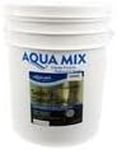



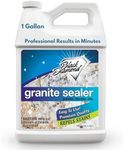
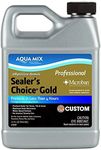
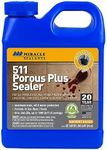

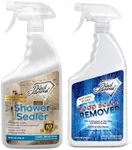



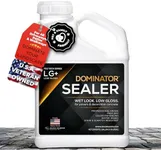
![IMPRESA Reusable Sealer Applicator Pads [4 Pack] - Advanced Microfiber Cleaning Cloth Ideal for Tile, Grout, Marble, Granite, Slate, Travertine, and Natural Stone Surfaces (5 x 4 x 1 in)](https://images-proxy.bestreviews.guide/Lax2PF3jzaSPsfZxdPmukZkrmA0=/0x150/https://m.media-amazon.com/images/I/51pFrtqMwmL._AC_CX679_.jpg)
